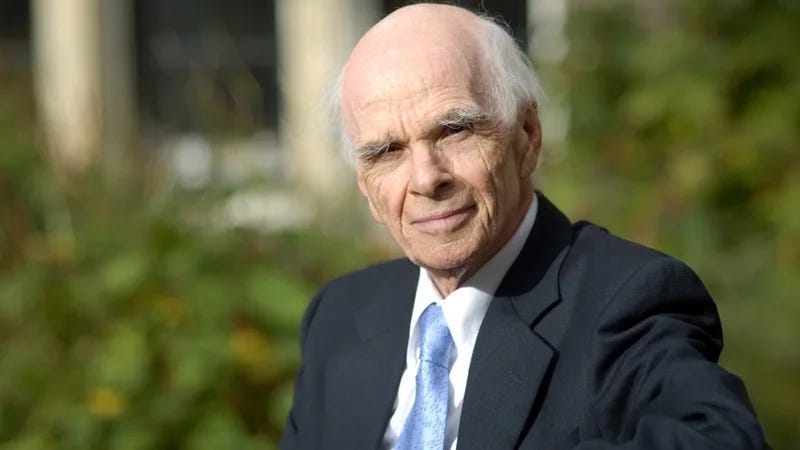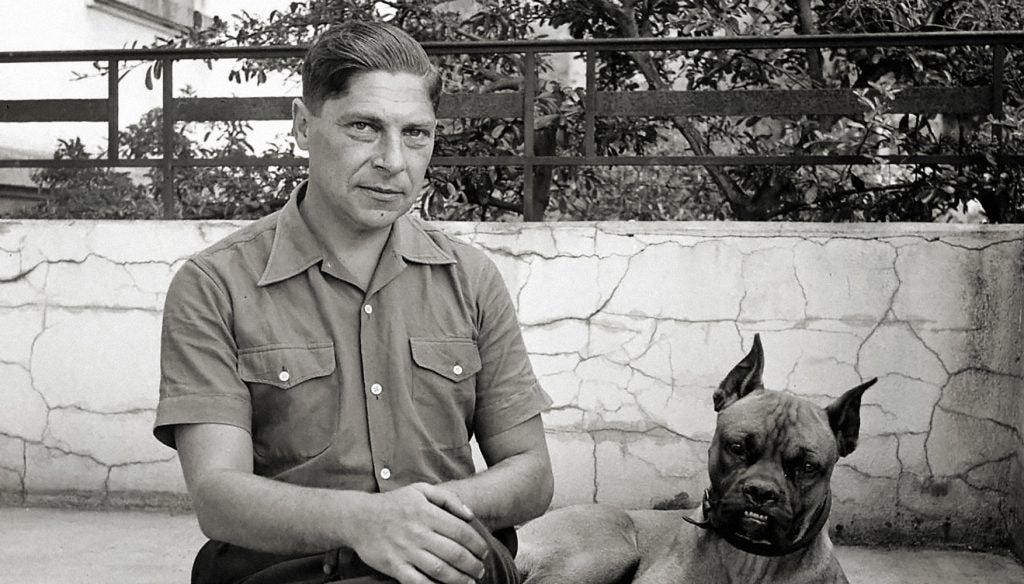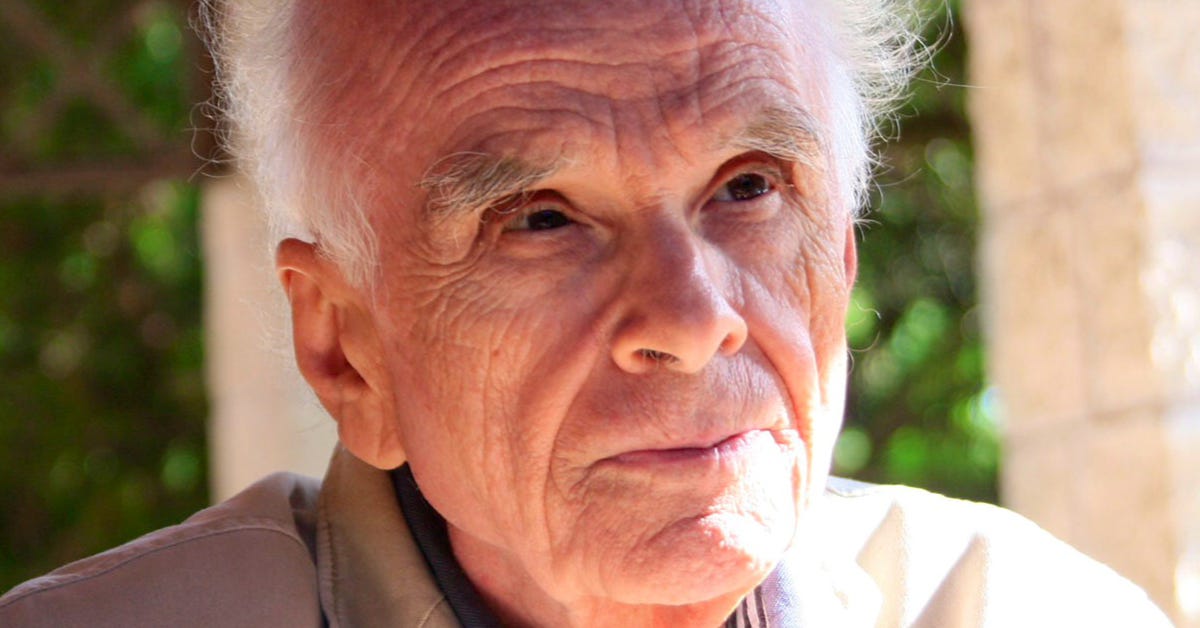The Substance of Systems
The synthesis of faith and reason has long been a central concern, bridging medieval and contemporary philosophy. And in 1972, Ervin Laszlo firmly integrated this development into systems theory.
At the heart of this philosophical journey lies a developmental progression that begins with Aquinas’s conception of substance as a unified reality, proceeds through Spinoza’s elegant abstraction of modes, advances into Bogdanov’s empirical monism, and evolves further with Koestler’s introduction of holarchy. Ultimately, this intellectual chain culminates in Laszlo’s comprehensive synthesis, which seamlessly integrates these ideas into the framework of modern systems theory. Central to this exploration is the following conceptual model:
Substance (everything):
The fundamental building block of reality, from which all phenomena emerge.
Mode (perspective):
The manner in which the underlying substance is viewed, offering a mechanism to apply different perspectives.
Holarchy (organisation):
The hierarchical structures which constitute the organisation of the whole, demonstrating how individual parts are interrelated within larger, cohesive systems.
Attributes (parameters):
The specific qualities or properties that characterise the entities within the system, enabling detailed understanding.
This model not only honours the legacy of these seminal thinkers but also provides a solid foundation for examining the complex, adaptive systems, central to contemporary science and philosophy.
Aquinas: The Foundations of Organizational Monism
Thomas Aquinas merged Aristotelian philosophy with Christian theology to assert that the universe is divinely ordered. For him, every aspect of existence—no matter how varied—stems from one divine source. Although he distinguished between the spiritual (encompassing the soul or non-physical essence) and the material (including the body and the physical world), this division does not imply a fundamental separation. Rather, both are distinct modes or expressions of the same underlying, unified substance.
In Aquinas’s view, God is the ultimate foundation from which all qualities and features of the world derive. While his methods differ from modern analytical approaches, his thought establishes a monistic framework in which a single, primary order organises everything. The apparent duality between the spiritual and the material serves to illustrate different manifestations of this singular divine substance. His philosophy has profoundly influenced subsequent theories on the mind–body relationship and has informed the hierarchical ranking of all forms of life, as epitomised by the concept of the Great Chain of Being.
In summary, Aquinas’s philosophy presents a world that is both a unified whole, meticulously structured by divine order, and a system in which the spiritual and the physical are distinct yet inseparable expressions of the same foundational substance.
Spinoza: Abstracting the Dynamic Mode
Baruch Spinoza radically reimagined our understanding of substance by discarding Aquinas’s static, top‐down divine order. In Spinoza’s view, there exists only one substance—whether one calls it God or Nature—with everything else manifesting as a mode or attribute of that single reality. This stands in stark contrast to the Great Chain of Being, which posits a predetermined, fixed sequence of hierarchical stages. Rather than adhering to a rigid progression, Spinoza’s modes are fluid and dynamic.
A central innovation in Spinoza’s philosophy is his concept of continuous causal chains: each event or transformation occurs only once the preceding one has fully concluded. This mechanism permits a continual reinterpretation of the underlying substance, as the modes evolve and give rise to different manifestations of monism at each stage. In effect, his substance–mode framework is not static but allows for an adaptive and ongoing reconfiguration of reality.
In summary, Spinoza transformed the traditional, fixed notion of substance into a dynamic system of continuous transformations. His approach not only breaks away from predetermined hierarchies but also lays the groundwork for a flexible, evolving monism that continues to influence modern science and technology.
Bogdanov: Empiriomonism and the Functional Pipeline
Alexander Bogdanov—co-founder of the Bolshevik Party with Lenin in 1903—developed a concept called empiriomonism that bridges traditional philosophical models and modern scientific thought. Building on Spinoza’s redefinition of substance as a single, dynamic entity, Bogdanov refined this idea within the framework of scientific monism. In his view, the substance—the complete material basis of everything that exists—is not static but continually evolving, and revealed through various modes, that is, the different ways in which we experience reality. As these modes interact with the substance, distinct attributes—specific qualities or parameters—emerge, adding further detail to the phenomena we observe.
Bogdanov’s approach represents a significant departure from the fixed, divinely ordered universe of Aquinas. While Aquinas depicted reality as an unchanging hierarchy, Bogdanov’s empirical monism offers a flexible, reconfigurable view in which the substance, drawn from Spinoza’s metaphysical insights, is dynamically reinterpreted through evolving modes and emergent attributes. In effect, if Spinoza provided a quasi-global database of unity, Bogdanov devised a system of quasi-SQL queries that actively explores and extracts the dynamic interplay within that unity.
Bogdanov’s work demonstrates that although there is one underlying substance—evolved from Spinoza’s metaphysical monism—the ongoing interaction of modes and attributes creates the diverse phenomena we observe, a concept that has paved the way for modern systems theory.
Koestler: Introducing Holarchy into the Equation
Arthur Koestler advanced earlier philosophical models by introducing the concept of the holon—an entity that is simultaneously a complete whole and an integral part of a larger system. While both Bogdanov and Koestler recognised that the underlying substance can be expressed through various modes, Koestler extended these ideas by proposing holarchy: a nested, hierarchical organisation in which each holon operates as an independent unit while also contributing to a greater whole.
In Koestler’s framework, the substance remains the fundamental reality, echoing the insights of Aquinas, Spinoza, and Bogdanov. Yet, rather than simply identifying modes as different ways of experiencing this substance, Koestler provided a structured view of organisation. In his model, the substance is expressed through modes—diverse perspectives or expressions—and these are arranged within a holarchy, a systematic, layered structure. Complementing this, specific attributes emerge from the interaction of substance and modes, defining the character of each expression.
By incorporating the idea of holarchy, Koestler not only built upon the dynamic interplay identified by Bogdanov but also offered a clear organisational framework that explains how individual parts interact with larger systems. This contribution marks a significant step towards modern systems theory, emphasising the structured, multi-layered nature of complex, adaptive systems.
Laszlo: Integrating the Legacy into Contemporary Systems Theory
In the early 1970s, Ervin Laszlo advanced the progressive evolution of systems theory by integrating and refining the insights of his philosophical predecessors. Building on Koestler’s introduction of holarchy, Laszlo extended the framework further. He reaffirmed the notion of a single, all-encompassing substance, as first posited by Spinoza and later dynamically interpreted by Bogdanov, but added a crucial layer of complexity by emphasising the role of attributes.
For Laszlo, the underlying substance is expressed through diverse modes, and these expressions are organised not only hierarchically but are also delineated by specific attributes. These attributes serve as the distinct parameters that differentiate each element within a system, providing a nuanced map of their interactions. This synthesis of substance, mode, holarchy, and attributes marks a significant evolution from earlier models, as it creates a comprehensive framework that accounts for both the dynamic interplay and the organised structure of complex, adaptive systems.
Laszlo’s work, therefore, not only integrates the core insights of thinkers such as Aquinas, Spinoza, Bogdanov, and Koestler, but also lays the groundwork for modern systems theory—a framework that has influenced a diverse range of fields, from ecology to economics.
An Intellectual Journey
The evolution from Aquinas to Koestler—and ultimately to Laszlo’s systems philosophy—reflects a transformation in our understanding of reality, paving the way for modern artificial intelligence.
Aquinas acknowledged a duality between the spiritual and the material, yet he maintained that the divine organisational framework governing all existence is essentially monistic. In his view, despite our experience of two distinct realms, everything is unified under a single, divine order.
Building on this foundation, Spinoza introduced a crucial distinction by separating the type of substance from the substance itself. This insight gave rise to what might be termed dynamic monism: the underlying substance is not static but is continuously transformed through various modes of expression. In Spinoza’s system, resembling a continuous causal chain, each mode emerges only after its predecessor has run its course, creating a fluid, evolving reality.
Advancing these ideas further, Bogdanov introduced the notion of perspective translation, firmly rooting his approach in scientific monism. He argued that we could explore the dynamic substance by examining it from alternate perspectives, much like executing queries on a modern database. Here, the substance—now seen as the complete material basis of reality—is expressed through Spinoza’s modes, with each mode accompanied by distinct attributes that capture specific qualities.
Koestler added an organisational dimension by introducing the concept of the holon—an entity that is both a complete whole and a part of a larger system. His idea of holarchy describes how these holons are arranged in nested, hierarchical structures, thereby demonstrating how dynamic parts are systematically organised into interrelated systems.
Finally, Laszlo synthesised these earlier insights into a comprehensive systems theory. By integrating notions of substance, mode, holarchy, and attributes into a cohesive framework, he bridged philosophical ideas with practical scientific applications. This unified approach forms a foundational element not only of modern systems theory but also of contemporary artificial intelligence.
Modern AI Connection:
This intellectual journey—from Aquinas’s unified yet dualistic divine order, through Spinoza’s dynamic monism, Bogdanov’s empirical perspective, and Koestler’s holarchical organisation—culminates in the sophisticated frameworks that underpin contemporary artificial intelligence. Modern AI systems are built on principles of dynamic interactions, emergent properties, and hierarchical structures—concepts that echo the evolution of thought developed by these seminal thinkers.
Take, for example, the transformer architecture, which has revolutionised natural language processing and other fields. In modern transformers, one can draw a parallel to the idea of mode switches: each layer in a transformer dynamically processes and transforms its input, akin to the dynamic modes proposed by Spinoza. Just as Spinoza envisioned the substance as continuously translating into new modes, transformers switch between various states as they process data sequentially, with each stage only engaging once the previous one has completed its transformation.
Moreover, the parameters that are tuned during the training of these transformers can be likened to the attributes in these philosophical frameworks. These parameters dictate how information is processed and how emergent features develop, much like the attributes in Koestler’s holarchical model define the specific characteristics of each expression of substance. In effect, the operational principles of modern AI architectures mirror this long intellectual tradition—demonstrating that the legacy of these thinkers lives on in the algorithms and architectures that enable intelligent, adaptive systems today.
In summary, the journey from classical philosophical ideas to modern systems theory not only shaped our understanding of reality but also laid the conceptual groundwork for the dynamic, adaptive systems at the heart of contemporary AI.









All those men wanting to get involved in reproduction. Sharing the housework and childcare and doing whatever they could for their pregnant wife/partner would have been much better.